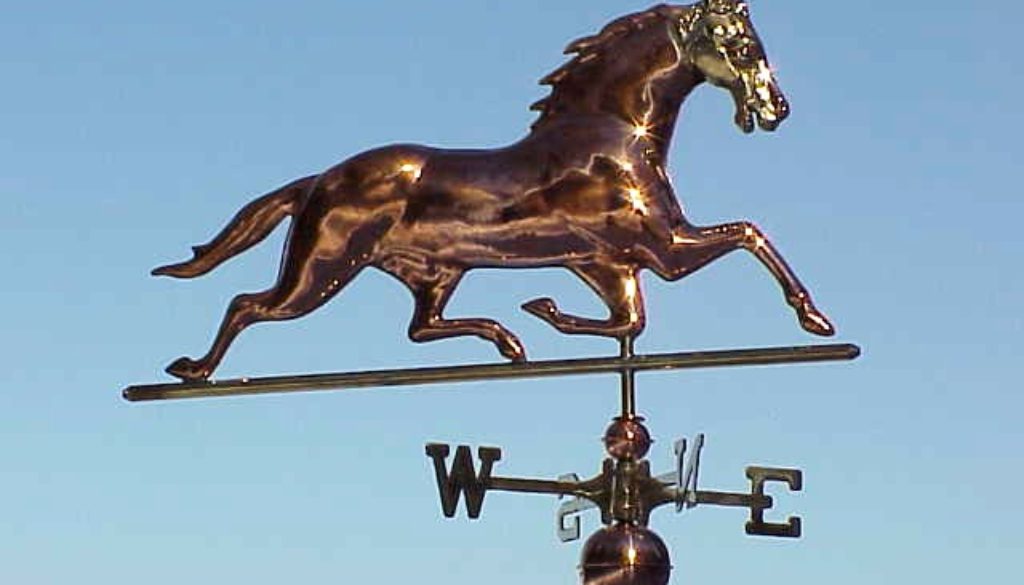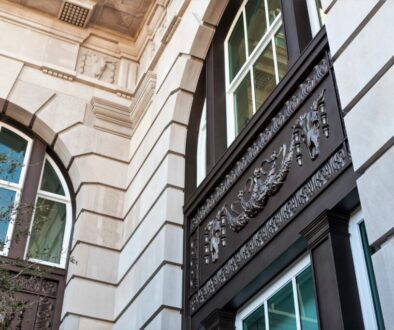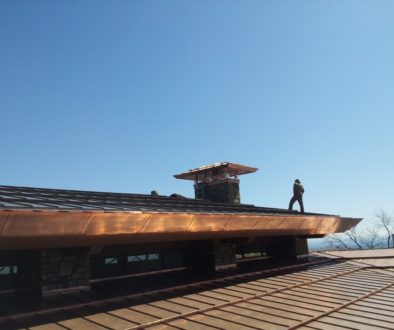The History of Weathervanes
The word “vane” originates from the Anglo-Saxon word “fane” which means “flag”. This is probably in large contribution to the medieval banners that flew in Europe. The earliest recorded weather vanes came before these banners at around 50 B.C. atop the Tower of the Winds in Athens, Greece. The vikings were also known to use weather vanes, usually topped by a creature from Norse fables. Weather vanes became commonplace around the 9th century. Reportedly, the pope of the time decreed that all churches must have a weather cock on its dome or steeple, the reason being the cock that would crow three times as Peter denounced Christ. The weathervane would also adorn the insignia or coat of arms of the lord or nobleman during the feudal ages.
America’s first reported weather vane maker was Deacon Shem Drowne. In 1716, he topped the Boston’s Province House with a large copper Indian. He also created the famous grasshopper vane for Boston’s Faneuil Hall in 1742. Weather vanes are still very popular today, topping even newly constructed buildings. Ornametals sells several from our extensive stock and makes custom pieces when ordered.
One last piece of interesting information- During 2006 at Sotheby’s in New York, a 5 foot weather vane indian was auctioned for 5.84 million dollars. That’s a long haul from the simple cloth banners of medieval Europe.
Want to see the Weathervanes we have available? CLICK HERE.



